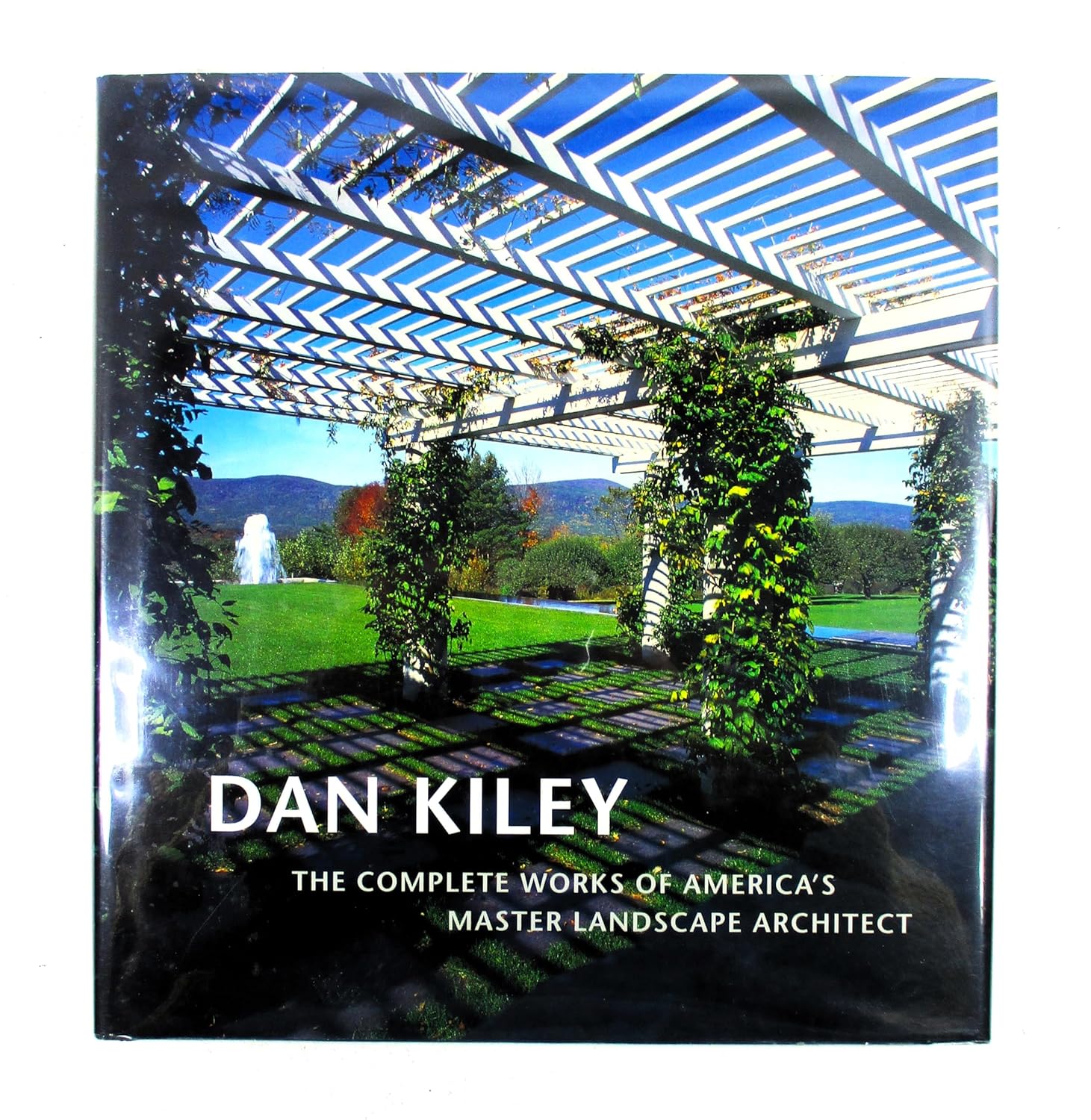As the world grapples with the pressing challenges of climate change and environmental degradation, the architectural industry is undergoing a significant transformation. Modern architectural practices are increasingly embracing sustainability as a core principle, reshaping the way buildings are designed, constructed, and operated. This article delves into the multifaceted role of sustainability in contemporary architecture, exploring its principles, benefits, and the innovative practices that are driving this shift.
Understanding Sustainability in Architecture
Sustainability in architecture refers to designing buildings that minimize their environmental impact while maximizing efficiency and comfort. This approach considers the entire lifecycle of a building, from initial design to eventual demolition, aiming to create structures that are not only functional but also environmentally responsible. Key principles of sustainable architecture include:
- Energy Efficiency: Utilizing resources efficiently to reduce energy consumption.
- Water Conservation: Implementing systems to minimize water use and maximize recycling.
- Material Selection: Choosing sustainable materials that are renewable, recyclable, and have a low carbon footprint.
- Site Responsiveness: Designing buildings that harmonize with their natural surroundings and climate.
- Indoor Environmental Quality: Ensuring that indoor spaces are healthy and comfortable for occupants.
The Importance of Sustainable Design
The significance of sustainability in architecture cannot be overstated. As urbanization accelerates and populations grow, the demand for buildings increases, which often leads to negative environmental impacts. Sustainable design addresses these challenges by:
- Reducing Carbon Footprint: Buildings are responsible for a significant percentage of global carbon emissions. Sustainable architecture seeks to reduce this footprint through energy-efficient designs and renewable energy sources.
- Promoting Health and Well-being: Sustainable buildings often incorporate natural lighting, improved air quality, and non-toxic materials, contributing to the overall health of their occupants.
- Enhancing Resilience: Sustainable design can help buildings withstand environmental challenges, such as extreme weather events, by utilizing durable materials and adaptive strategies.
- Supporting Local Economies: By sourcing materials locally and employing local labor, sustainable architecture can boost regional economies and reduce transportation emissions.
Innovative Sustainable Practices in Architecture

Modern architects are employing a range of innovative practices to achieve sustainability in their designs. These methods not only contribute to environmental conservation but also enhance the aesthetic and functional aspects of buildings. Some noteworthy practices include:
1. Green Roofs and Living Walls
Green roofs and living walls are increasingly popular in urban environments, providing numerous benefits such as:
- Improved insulation, reducing heating and cooling costs.
- Stormwater management by absorbing rainwater.
- Enhanced biodiversity by providing habitat for urban wildlife.
For instance, the Bosco Verticale (Vertical Forest) in Milan, Italy, features residential towers adorned with thousands of trees and plants, improving air quality and offering a unique aesthetic appeal.
2. Passive Design Strategies
Passive design focuses on optimizing a building’s orientation, layout, and materials to harness natural energy. Key strategies include:
- Maximizing natural light to reduce reliance on artificial lighting.
- Using thermal mass to regulate indoor temperatures.
- Incorporating cross-ventilation to enhance air circulation.
The Bullitt Center in Seattle, often referred to as the “greenest commercial building in the world,” exemplifies passive design principles, featuring operable windows and strategically placed shading devices.
3. Renewable Energy Integration

Many modern buildings are integrating renewable energy sources such as solar panels and wind turbines. This not only reduces reliance on fossil fuels but also lowers operational costs. For example:
- The Edge in Amsterdam, often touted as the most sustainable office building in the world, is equipped with solar panels that provide a significant portion of its energy needs.
- The VELUX Group’s headquarters in Denmark utilizes a combination of solar thermal and photovoltaic systems to achieve energy neutrality.
Case Studies in Sustainable Architecture

To illustrate the impact of sustainable practices in architecture, let’s explore a few exemplary projects that have successfully integrated sustainability into their designs:
The Eden Project, UK
The Eden Project is an iconic example of sustainable architecture, featuring biomes that house diverse ecosystems. The project utilizes:
- Recycled materials in construction.
- A rainwater harvesting system.
- Renewable energy sources to power its operations.
The Crystal, London

The Crystal is a sustainable building that serves as a center for urban sustainability. It showcases:
- Zero carbon emissions through the use of renewable energy.
- Interactive exhibitions on sustainable living.
- A rainwater recycling system.
The Spheres, Seattle

Located at Amazon’s headquarters, The Spheres are a living laboratory for plant life and a workspace featuring:
- Natural ventilation systems.
- High-efficiency heating and cooling systems.
- A diverse range of plant species, promoting biodiversity.
Challenges in Implementing Sustainable Practices

Despite the benefits of sustainable architecture, several challenges persist in its implementation:
- Cost Barriers: Initial costs for sustainable materials and technologies can be higher, deterring some developers.
- Lack of Awareness: Not all stakeholders are fully aware of the benefits of sustainable practices, leading to resistance to change.
- Regulatory Hurdles: Building codes and regulations may not always align with sustainable practices, complicating the approval process.
Future Trends in Sustainable Architecture
The future of architecture is poised for further innovation in sustainability. Emerging trends include:
- Smart Buildings: Integrating technology to monitor and optimize energy use in real-time.
- Circular Economy: Designing buildings with materials that can be reused or recycled at the end of their life cycle.
- Biophilic Design: Enhancing the connection between occupants and nature to improve well-being.
Sustainability is no longer a mere trend in architectural practices; it has become a fundamental principle that shapes the future of the built environment. By embracing sustainable design, architects are not only addressing the urgent challenges posed by climate change but also creating healthier, more resilient communities. Through innovative practices, successful case studies, and a commitment to ongoing improvement, the architectural industry is paving the way for a sustainable future. As stakeholders in the built environment continue to prioritize sustainable solutions, we can look forward to a world where architecture harmonizes with nature, ultimately benefiting society as a whole.